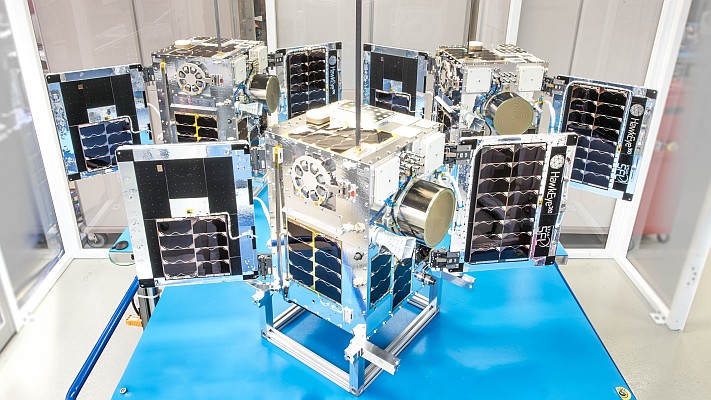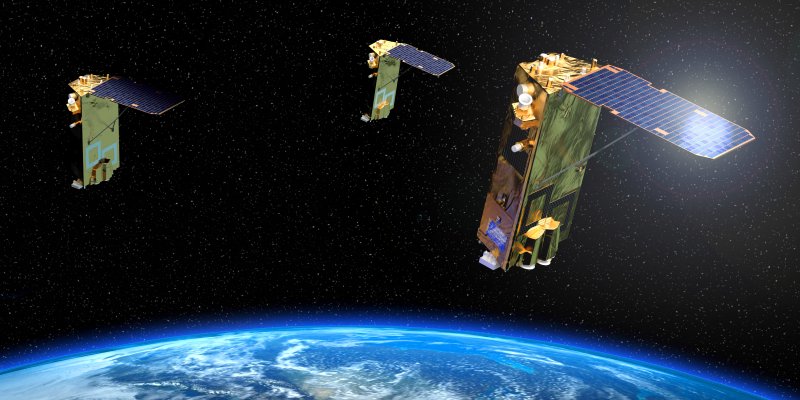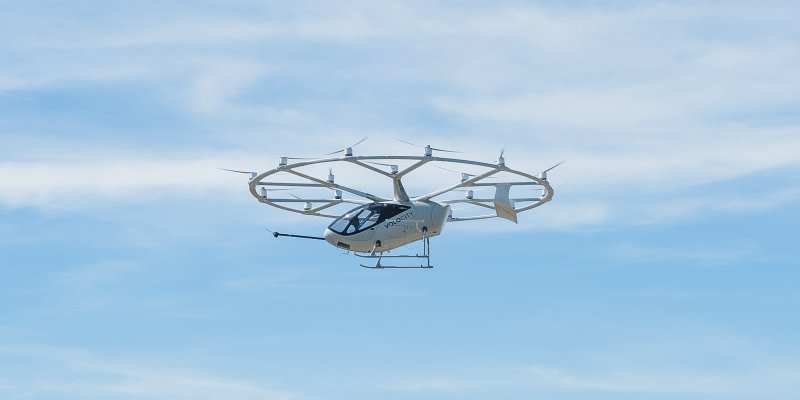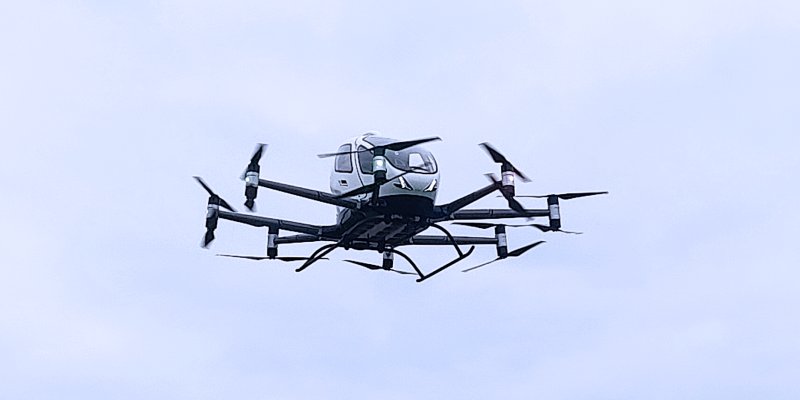In response to the rapidly increasing demand for high quality geodata of the Arctic Ocean, Earthstar Geographics (San Diego, CA, USA) has compiled a detailed satellite imagery mosaic of the entire region and released it in map projections optimised for visualising the northern polar areas. TerraColor satellite imagery, long used by organisations and web mapping portals worldwide, provides an accurate, high value mapping component for scientific research, navigation, logistics, and natural resource exploration.
The imagery base map portrays all major landmasses and islands within the Arctic Circle in minimal ice conditions with nearly all coastlines visible. The TerraColor dataset also includes previously unreleased 15-meter imagery of the far north archipelagos of Svalbard, Franz Josef Land, and Severnaya Zemlya.
The Arctic Ocean has traditionally been difficult to map with satellite imagery because of ice, clouds, short acquisition season, low sun angles and other issues, said Eric Augenstein of Earthstar Geographics. By compiling high quality 15-metre imagery of these areas and offering it in map projections that minimise distortion, they hope to provie additional tools to help improve mapping and aid understanding of these most remote locations on earth.
TerraColor is a precision orthorectified global imagery basemap built primarily from pan-sharpened Landsat 7 and Landsat 8 satellite imagery, and is suitable for mapping at scales of 1:60,000 and higher. Applications include web-based mapping, GPS tracking, scientific research, natural resource exploration, military/defence logistics, flight simulation, 3D visualisation, television, print and film images, and many others.
Source: GIM International






